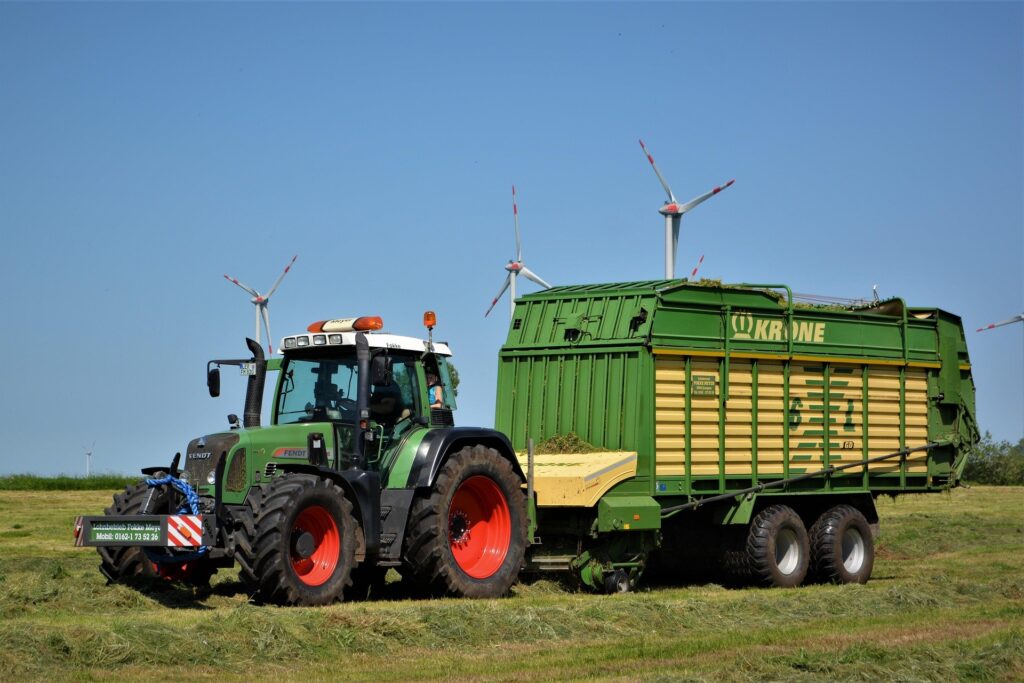Report edited by N. Faraoni, G. F. Gori, M. Mariani, V. Patacchini, S. Turchetti

This study is an integral part of the joint IRPET-Regione Toscana activity ‘Effects of the interventions for young agricultural entrepreneurship’, planned for 2024 (Activity no. 2.2024), and was commissioned to IRPET by the Managing Authority of the EAFRD in agreement with the General Directorate ‘Agriculture and Rural Development’ of Regione Toscana. The study was carried out within the ‘Production Sectors and Enterprises’ area of IRPET. The following participated in the study design and data collection phases Natalia Faraoni, Giuseppe Francesco Gori, Marco Mariani, Valentina Patacchini and Sara Turchetti. Estimates and report writing were carried out by Giuseppe Francesco Gori, Marco Mariani and Sara Turchetti. For the collection of data on the formal survival of enterprises in the Business Register of the Chambers of Commerce, IRPET made use of InfoCamere Società Consortile di Informatica delle Camere di Commercio Italiane per Azioni. The editorial layout was edited by Elena Zangheri (IRPET).
After an initial phase centred on settlement incentives for young agricultural entrepreneurs under 40, from 2012 to 2024 the policy approach implemented in Tuscany has focused on a more expensive ‘package’ scheme that sees the settlement incentive necessarily combined with a further incentive for making an investment that the young entrepreneur is called upon to co-finance. Since 2024, the regional support scheme has reverted to focusing on settlement incentives alone. Our analysis focuses on the temporal moment of the first change in the policy approach followed by Tuscany Region, between 2011 and 2012, when in the space of a few months we have the last call of the season of settlement incentives and the first call of the package season. Under the potential outcomes statistical framework for counterfactual analysis, we define a number of differential causal quantities of interest and describe how these can be identified and estimated using the semi-parametric method of inverse probability weighting. The outcome variables we take into account are: formal survival, the presence of cultivation plans, the number of work starts and days worked by wage earners. With respect to these variables, results suggest that the two alternative intervention schemes in favour of youth agricultural entrepreneurship are largely interchangeable. This leads to a preference for the start-up incentive-only scheme, which being less costly than the package frees up public resources that could be allocated to otherwise improve or expand support for youth agricultural start-ups.